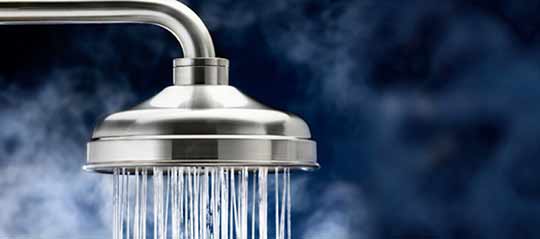
How long should you wait after you turn on the hot water before you actually get hot water out of your faucet? A lot depends on the size of your water heater and how many fixtures it serves. But most plumbing experts will tell you that you shouldn’t have to wait more than 30 seconds.
But as McCourt Real Estate explains, it is common to find homes where you have to wait three minutes or more for hot water to reach the faucets. This kind of wait time is not only too long but entirely frustrating. Why does it take ages for hot water actually to reach your faucets? Finding the answer to that question is not always straightforward.
This is because hot water systems are complicated and vary widely. Factors that influence how quickly or slowly you get hot water to your faucets include the design of the hot water system, the size of your home, and how you use the system. Below we look at why you may be waiting too long for hot water.
Why does it take so long for hot water to get to the faucet
The condition of your pipes
If your pipes are in bad condition, you will have difficulty getting water to reach your faucets in time. Pipes that have a lot of rust or corrosion, with sediments lining their insides, will not do an excellent job of delivering water. That is because the diameter of those pipes will be narrowed to the point where they cannot carry as much water as they were initially designed to.
This often happens with galvanized pipes, standard in older houses in major cities. Pipes can get so rusty that a half-inch galvanized pipe can be reduced to one-eighth of an inch. If the pipe delivered 2 gallons of water per minute when installed, corrosion could reduce its diameter to the point where you only get half a gallon of water per minute.
Distance from the water heater to faucets
How much length of pipe do you have between the water heater and the fixture? You may have a water heater in the middle of the basement while the bathroom is on the second floor or a far-off corner of the house. In that case, there might be over sixty feet of pipe from the water heater to the bathroom, and it would take up to six minutes for hot water to reach the bathroom.
If this is the situation, you can solve it by installing tankless water heaters in addition to the existing water heater. You could add a tankless water heater for the master bedroom, kitchen, or spare bedroom. Another (more economical) way to do this is to install one more water heater in the house so you can shorten the distance between your fixtures and the water heater.
Sediment in your fixtures
This commonly happens with faucet aerators. Many homeowners don’t know that faucets have aerators that should be removed and cleaned periodically. If those aerators are not cleaned for a long time, they can become jammed with debris. This debris acts the same way sediment does inside the pipes; it narrows the faucet’s opening and restricts the flow of water.
Another place where sediments lodge inside the plumbing is within the valves. If, after cleaning the faucet aerators and checking that your pipes are not corroded, you still don’t get hot water when you want it, you might want to have a plumber inspect your valves. Valves often become clogged with debris when maintenance is done on the city’s water lines.
How to fix the problem
Insulate your pipes
This is something you can do right away. It will not cost as much money as you would spend if you were to replace rusty pipes or install additional water heaters. Insulating your pipes reduces heat loss and helps hot water reach your fixtures faster by reducing the rate at which the water cools as it travels through the pipes.
Recirculate your hot water
You can install a return line to feed the water heater and keep the hot water circulating within the system. This solution is easiest with new construction. It is also possible if you are renovating, but it takes more work. To ensure you are not wasting money by heating water when you don’t need it, you should install a timer with your re-circulation pump.
Talk to a professional
The above two solutions are highly simplified explanations of what is possible. To fully solve the hot water issues in your home, you will need an expert to take a good look at your plumbing. A qualified plumber can diagnose the problem correctly and recommend a cost-effective way to deal with the issue permanently.

